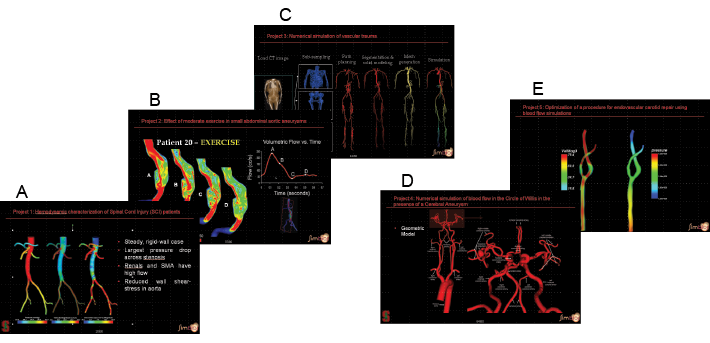At Michigan
I am teaching, together with Dr. Xueding Wang, the 3-credit course BIOMEDE350 – Introduction to Biomedical Engineering Design. This course uses problem-based learning to introduce students to Biomedical Engineering design concepts, tools, and methodologies. Students work in small groups and use virtual design and computational tools to propose and validate feasible solutions to real-world biomedical engineering problems with industrial and/or clinical relevance.
At King’s College London
At King’s College London, I taught the 30-credit second-year undergraduate course “Computational Methods”. The learning objectives of the course were 1) to become familiar with linear algebra, numerical integration, interpolation and extrapolation methods; 2) to have a fundamental understanding of the applicability of ordinary and partial differential equations in computational modeling; 3) to select and apply computational techniques for solving canonical and physiological biomedical modelling problems and 4) to understand the basis of the Finite Element Method.
At Stanford University
At Stanford University, I taught the PhD-level course BioE484 / ME484: “Computational Methods in Cardiovascular Bioengineering”. In this course, students were exposed to advanced theoretical methods to model flow and pressure in the cardiovascular system. The course had a strong High-Performance Computing component: students were organized in groups and given various projects related to cardiovascular disease research, device design, and surgical planning. The students learned about 3D modeling and Computational Fluid Dynamics techniques and used our in-house parallel Finite Element flow solver in their projects. The figure below shows snapshots of presentations corresponding to five different projects:
- Abdominal aortic hemodynamics in patients with spinal cord injury.
- Rest and exercise hemodynamics in patients with abdominal aortic aneurysms (AAA).
- Full-body scale simulation of hemodynamics under normal and vascular trauma conditions.
- Simulation of blood flow and pressure in the Circle of Willis.
- Optimization of a catheter for carotid angioplasty and stenting (CAS) using CFD techniques.

